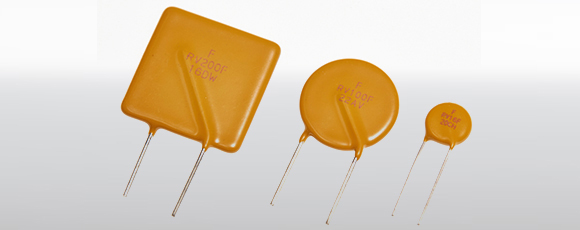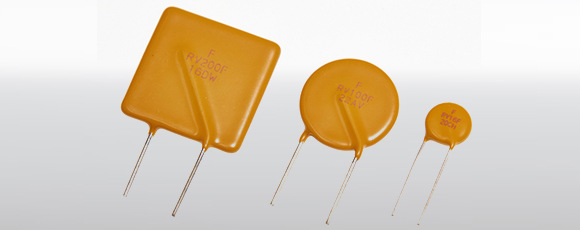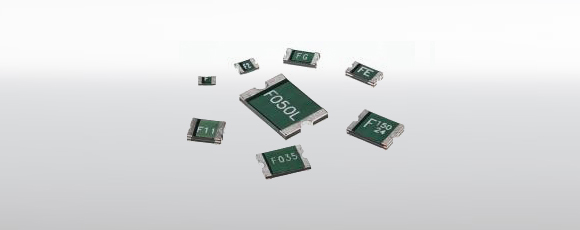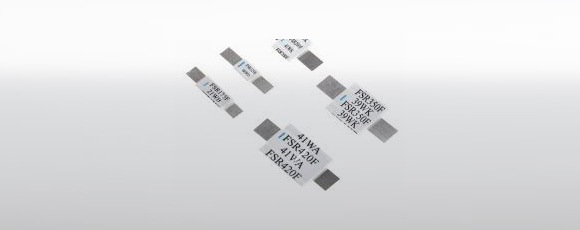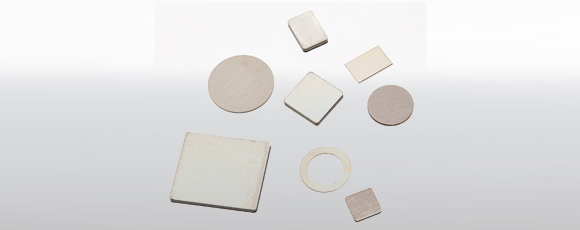Circuit Protection Devices

Founded in 1999, as a world leading device manufacturer and designer, Fuzetec Technology Co., Ltd. is committed to provide continuous circuit protection solutions to today’s and tomorrow’s electronic and electrical industries.
With the most advanced Positive Temperature Coefficient (PTC) conductive polymer technologies, FUZETEC offers a wide variety of Polymeric PTC resettable fuses meeting the demands of modern high-tech applications. PPTC applications include (but are not limited to) Telecommunications, Networks, Smart Phone, Tablet PC’s, Notebook PC’s, Computers & Peripherals, Automotives, Instrumentation & Industrial Controls, Power Supplies, Consumer Electronics and Primary & Secondary Batteries.
How Does the Resettable Fuse Work
PPTC device and Resettable Fuse/ PTC Thermistor / PTC Variable Resistor technology synergistically integrates advanced polymer material technologies, conductive material science, novel processing engineering, and fundamental electronic and electrical theory. Electrical resistance of such material and devices increases with temperature increase and vice versa. Fuzetec has successfully integrated all theses and developed a wide range of PPTC devices specifically designed to protect circuits from overcurrent.
FUZETEC™ resettable fuses are designed and made of patented novel PPTC material in thin chip form where conductive particles are dispersed in a polymer that has a crystalline structure. At normal operating conditions there are numerous chains forming conductive paths throughout the PPTC material. Under fault conditions (Tripped State), excessive current flows through the PPTC device and the PPTC material heats up. This makes the polymer matrix’s morphology change from crystalline to amorphous. Under these conditions the conductive particles move apart from each other, most of them no longer conduct current and the resistance of the device increases sharply. Upon fault current being removed, the resettable fuse resets and allows the current to flow through the circuit again.
Products
